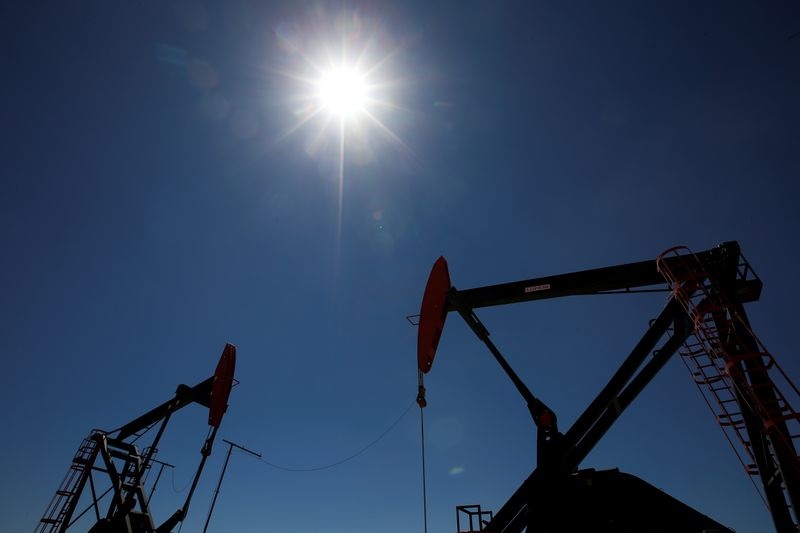Lockdown in China, Oil continues to fall
2022.11.17 10:39
[ad_1]

Lockdown in China, oil continues to fall
Budrigannews.com – Oil prices fell again as geopolitical tensions in Eastern Europe eased and a surge in COVID-19 cases in China risked affecting economic activity in the world’s biggest oil importer.
At 10:00ET (15:00GMT), futures were trading up 2.3 percent at 83.61 barrels, while contracts were trading up 1.4 percent at 991.55 barrels.
China reported 20,000 new daily cases this week, the biggest increase in nearly 7 months, and health officials have been reluctant to revise their tough zero COVID policy, slowing the country’s economic recovery.
Jpmorgan, the world’s second-largest economy, cut its outlook for China’s economic growth by 10 percent, an unexpected contraction of exports and imports in 2020, a simultaneous recession from June 5 to 5, and earlier this week, influential investment bank Jpmorgan cut its outlook for China’s economic growth, citing China’s continued COVID-19 restrictions.
The market had risen in price on Wednesday morning, raising concerns that the war between Ukraine and Russia could escalate after missiles hit the territory of NATO member Poland near the border with Ukraine.
But tensions eased after NATO officials stated that the missile was not a deliberate move by Russia, as it was fired accidentally, perhaps by Ukrainian air defenses.
Separately, data released on Wednesday showed crude inventories from the United States, the world’s biggest oil consumer, fell by 5.4 million barrels last week.
“The decrease in inventory was even more significant considering the launch of the SPR. “Total U.S. crude inventories this week fell by 9.5 million barrels,” analysts at ING said. “The larger-than-expected decline was partly driven by weakness in crude oil imports, which were down 895 mbbls/d for the week,” he said.”
However, gasoline and distillate fuel stocks have increased more than expected, which leaves an unclear picture.
Even so, the supply situation remains very tight, and Russia’s long-awaited sanctions and oil price cap are expected to come into force in just a few weeks. 5.
The sanctions applied to G7 countries and companies largely prohibit the import of Russian crude oil and oil products, but the price cap is designed to lower prices and does not allow the import of Russian crude oil and oil products.
In addition, U.S. shale oil production is struggling to recover.
John Hess, chief executive officer of Hess Corp (NYSE:), said that U.S. oil production will reach about 13 million barrels per day in the coming years and will remain on a plateau as shale oil production slows due to pressure from investors to focus on growth, inflation and returns from depleted inventories.
The Organization of the Petroleum Exporting Countries is “back in the driver’s seat” as a major oil producer, he added.
[ad_2]








